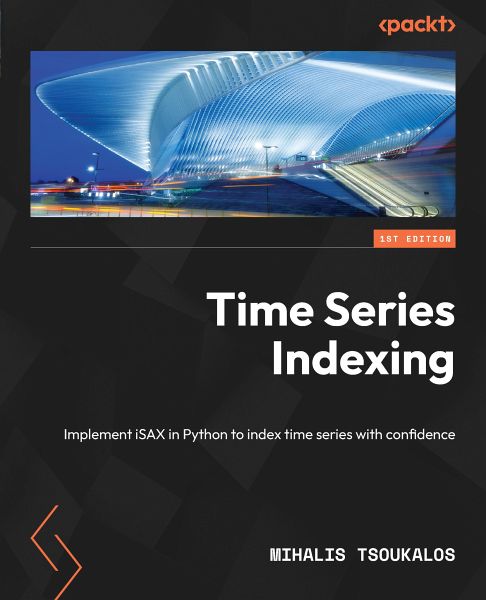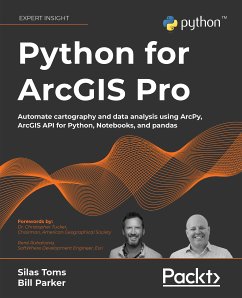
Time Series Indexing (eBook, ePUB)
Implement iSAX in Python to index time series with confidence
Versandkostenfrei!
Sofort per Download lieferbar
35,99 €
inkl. MwSt.
Weitere Ausgaben:

PAYBACK Punkte
0 °P sammeln!
Time series are everywhere, ranging from financial data and system metrics to weather stations and medical records. Being able to access, search, and compare time series data quickly is essential, and this comprehensive guide enables you to do just that by helping you explore SAX representation and the most effective time series index, iSAX. The book begins by teaching you about the implementation of SAX representation in Python as well as the iSAX index, along with the required theory sourced from academic research papers. The chapters are filled with figures and plots to help you follow the ...
Time series are everywhere, ranging from financial data and system metrics to weather stations and medical records. Being able to access, search, and compare time series data quickly is essential, and this comprehensive guide enables you to do just that by helping you explore SAX representation and the most effective time series index, iSAX. The book begins by teaching you about the implementation of SAX representation in Python as well as the iSAX index, along with the required theory sourced from academic research papers. The chapters are filled with figures and plots to help you follow the presented topics and understand key concepts easily. But what makes this book really great is that it contains the right amount of knowledge about time series indexing using the right amount of theory and practice so that you can work with time series and develop time series indexes successfully. Additionally, the presented code can be easily ported to any other modern programming language, such as Swift, Java, C, C++, Ruby, Kotlin, Go, Rust, and JavaScript. By the end of this book, you'll have learned how to harness the power of iSAX and SAX representation to efficiently index and analyze time series data and will be equipped to develop your own time series indexes and effectively work with time series data.
Dieser Download kann aus rechtlichen Gründen nur mit Rechnungsadresse in A, B, BG, CY, CZ, D, DK, EW, E, FIN, F, GR, H, IRL, I, LT, L, LR, M, NL, PL, P, R, S, SLO, SK ausgeliefert werden.













